Today was our final day of sessions for the Open Palace Programme! I will be writing a reflection of the entire program tomorrow so I will leave my final thoughts for then. This post will cover two sites – Fulham Palace and Apsley House. The former being the home of the Bishops of London until 1945 and the latter, home of the Duke of Wellington. At both sites we focused on interpretation techniques. I will be writing more on the activities than on the history of the sites. This is mainly because they are among the best we have experienced on the program.
Fulham Palace has an incredibly rich history which is available to view on its website:
http://www.fulhampalace.org/palace/history/

We had an amazing opportunity to propose a new visitor route through the site/museum and suggest additional interpretation to enhance the visitor experience. We were supported by curator Miranda Poliakoff throughout our decision-making process. I am going to provide a little background to contextualize the route we selected by going through each room in the Palace and its significance:
- Tudor Courtyard – located inside the entrance of the Palace. The Tudor Courtyard consists of some of the oldest parts of the Palace.
- Bishop Sherlock’s Room – Sherlock was Bishop from 1748 to 1761 adapting the room to suit his taste. The room also contains a small temporary exhibition and can be used as a functions room.
- Porteus Library – sharing its space with the gift shop, the Porteus Library is a small room with a few text panels and a display case exploring the more modern history of the Palace.
- Museum – self-explanatory. The museum contains objects such as a mummified rat from the Tudor period and a model of the entire Palace.
- Cafe – spread over two rooms.
- Terrick Rooms – Terrick was Bishop from 1764 to 1777. Similar to Sherlock’s Room, Terrick’s Rooms have been preserved.
- Chapel – a beautiful Chapel located off to the side of the main Palace.
- Great Hall – where Elizabeth I visited and often stayed, the Great Hall is now a functions space and is requiring additional interpretation.
In all spaces, excluding the museum and cafe, there is some interpretation in the form of a small information board. As you can see on the map below, our visitor route has been roughly mapped out.

To start, after walking into the Tudor Court visitors will be guided through the gift shop and into the Welcome Centre (see arrows bottom of map). The centre will serve as a permanent exhibition space displaying the layers of the Palace’s history and answering questions such as why is it a Palace? Then, visitors can chose whether or not to follow the path around the Palace. If they decide to take the path, the next stop is the Great Hall. Inside the Hall will be the model of the Palace and white cardboard cut-outs of Queen Elizabeth I displaying stories from the room. These cardboard cut-outs will be located around the Palace as thematic/storytelling panels. In the other rooms, the cut-outs will be of well-known Bishops including Sherlock and Tessick.
In Sherlock’s room will be a contemporary art gallery space to display artwork from the local community already showcased in the Palace’s hallways. We are keeping the museum and cafe where they are currently located. As the giftshop has been moved, the Porteus Library can be transformed into a learning/research centre and remain an exhibition space. To finish the tour, visitors will go through the Terrick Rooms, to the Chapel, and back to the Tudor Court. That was a very brief summary! After presenting we were able to see the actual plans that will be submitted for the Heritage Lottery Fund and compare our notes. A lot of ideas from the activity had already been considered!
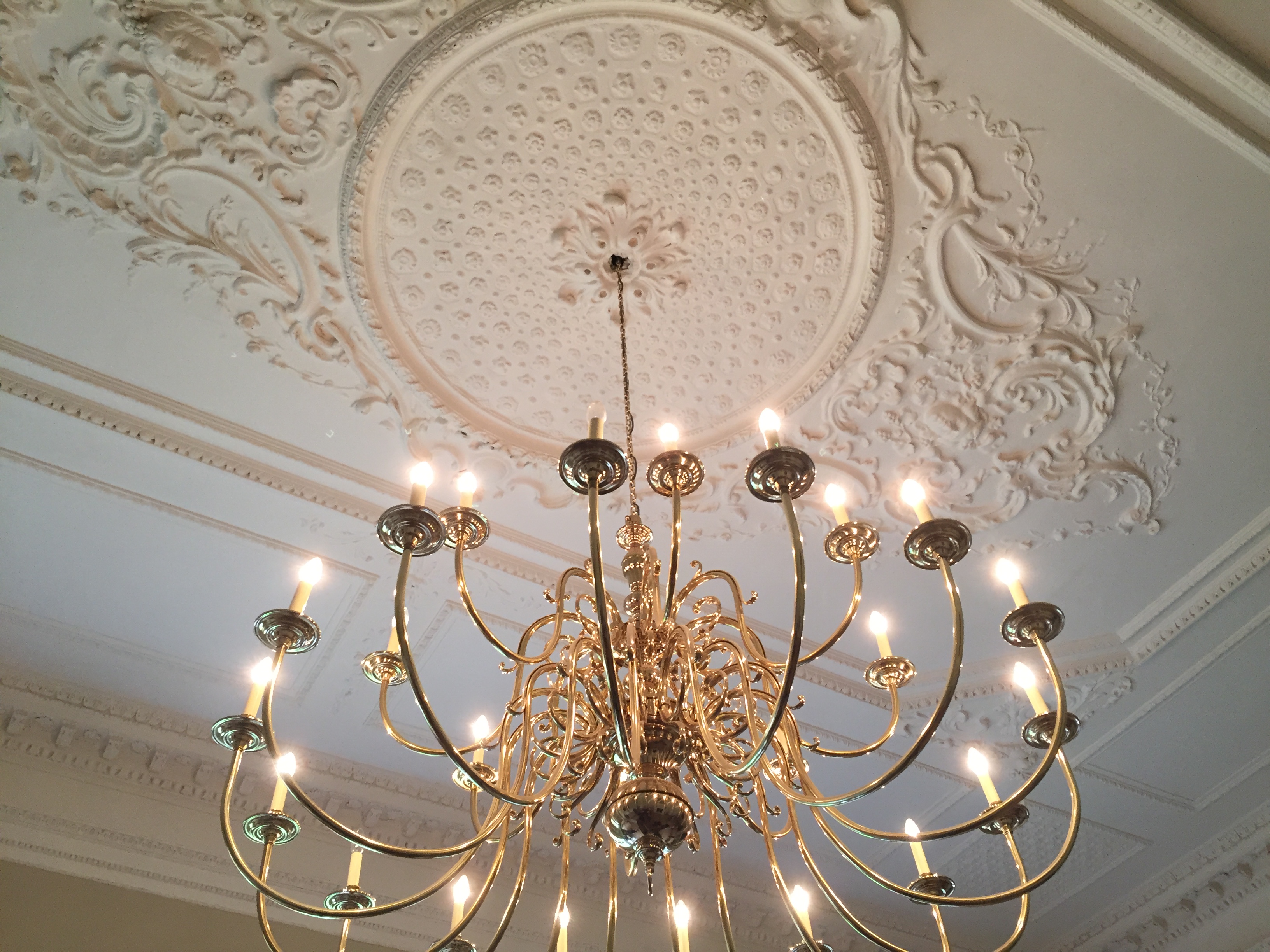

We then made our way from Fulham to Apsley House to meet curator Josephine Oxley. We went on a quick guided tour of the house seeing the Waterloo Room, Dining Room, Portico Room, and three Drawing Rooms. All of these rooms were filled with paintings that could be categorized into three collection areas: paintings of the Duke of Wellington, paintings by Dutch or Flemish artists, and paintings from the Spanish Royal Collection. Here is the website for more information:
http://www.english-heritage.org.uk/visit/places/apsley-house/
Our task at Apsley House was to think of a curatorial vision and how to appeal to a new audience. We had many ideas from digitizing the collection and allowing individuals to view it online to public lectures in the Waterloo Room. My favourite suggestion was a family friendly school holiday program. We thought it would be fantastic to offer free school holiday programs to try and attract a range of new visitors. Activities could include using props to recreate a portrait in the galleries, creating flowers for the dining hall table centre piece, and learning about the Battle of Waterloo from a costumed interpreter.
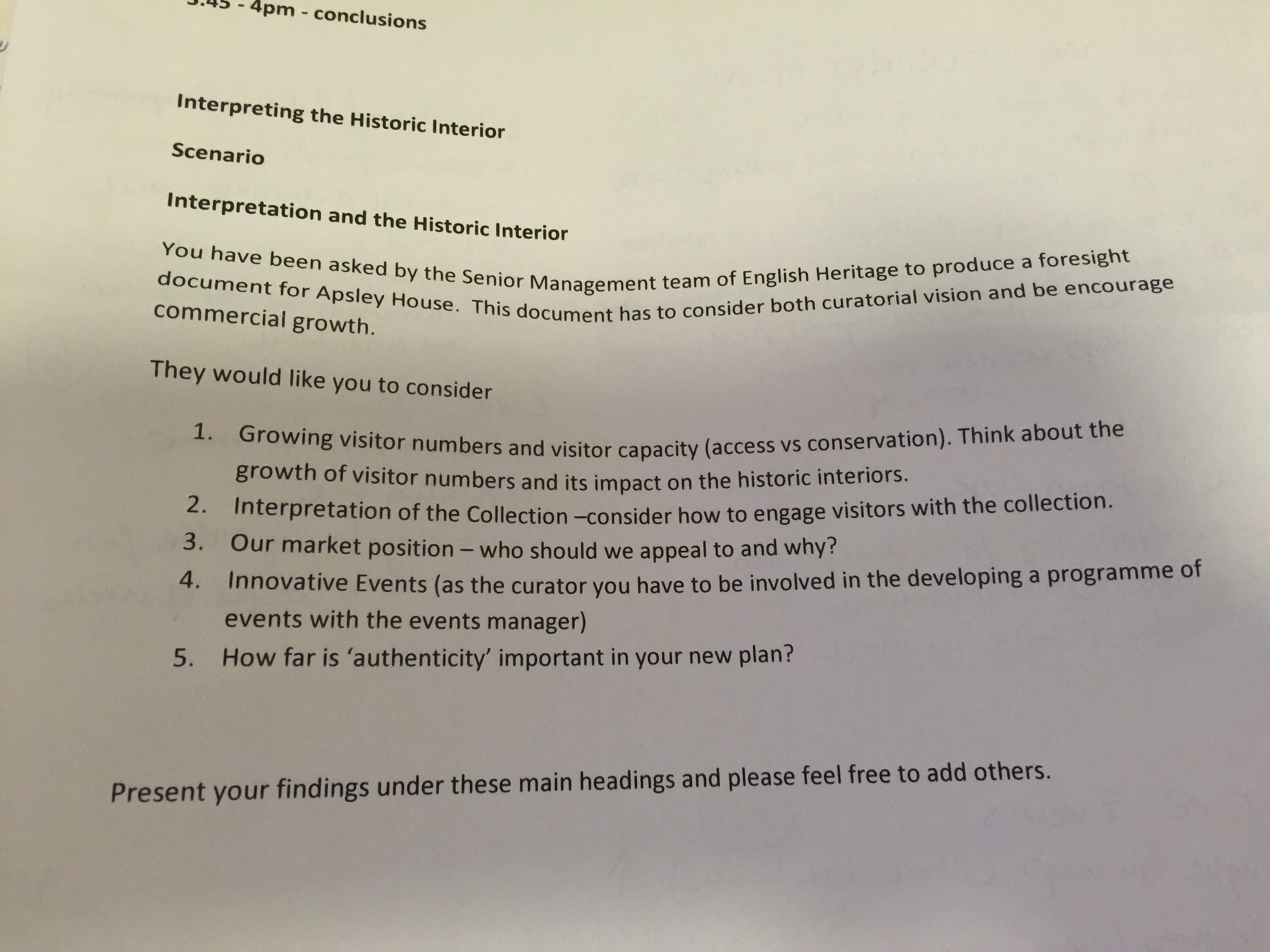
Both Apsley House and Fulham Palace are currently developing exciting new plans for their exhibition spaces and forms of interpretation. It was great to have this opportunity to provide feedback to the curators in this draft phase! Fulham House will be redeveloping all rooms in the Palace to include more interpretation and engage new visitors. On the other hand Apsley House will soon be closing for minor renovations. It will be excellent to return in a few years time and see the transformation of both sites!


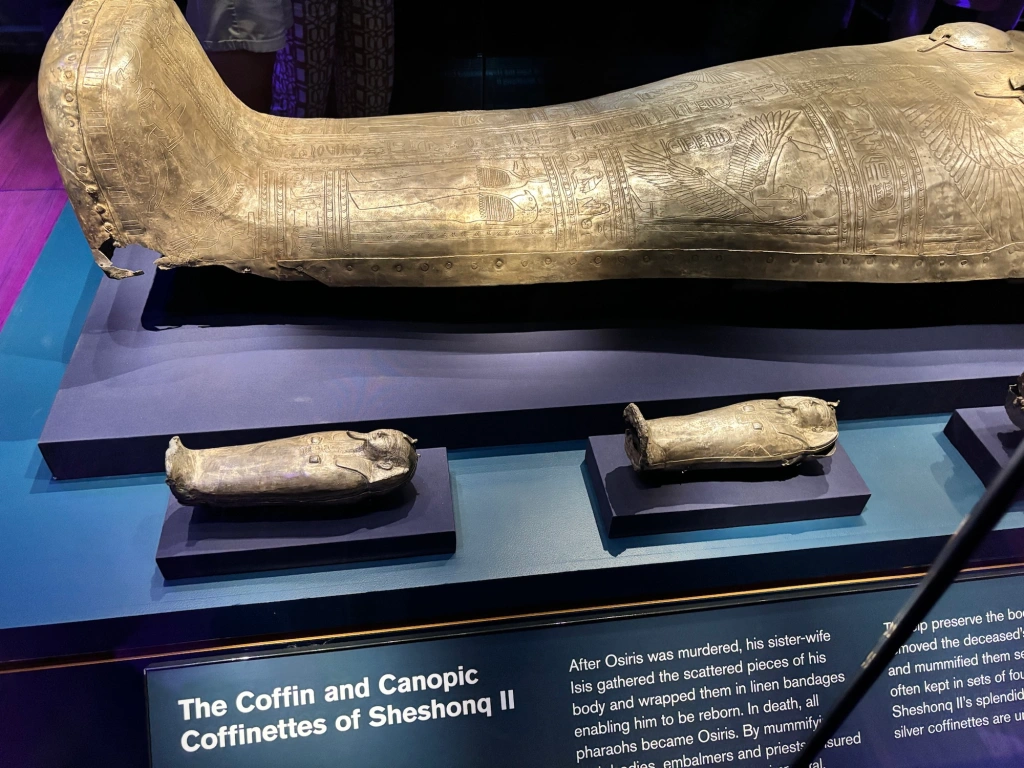
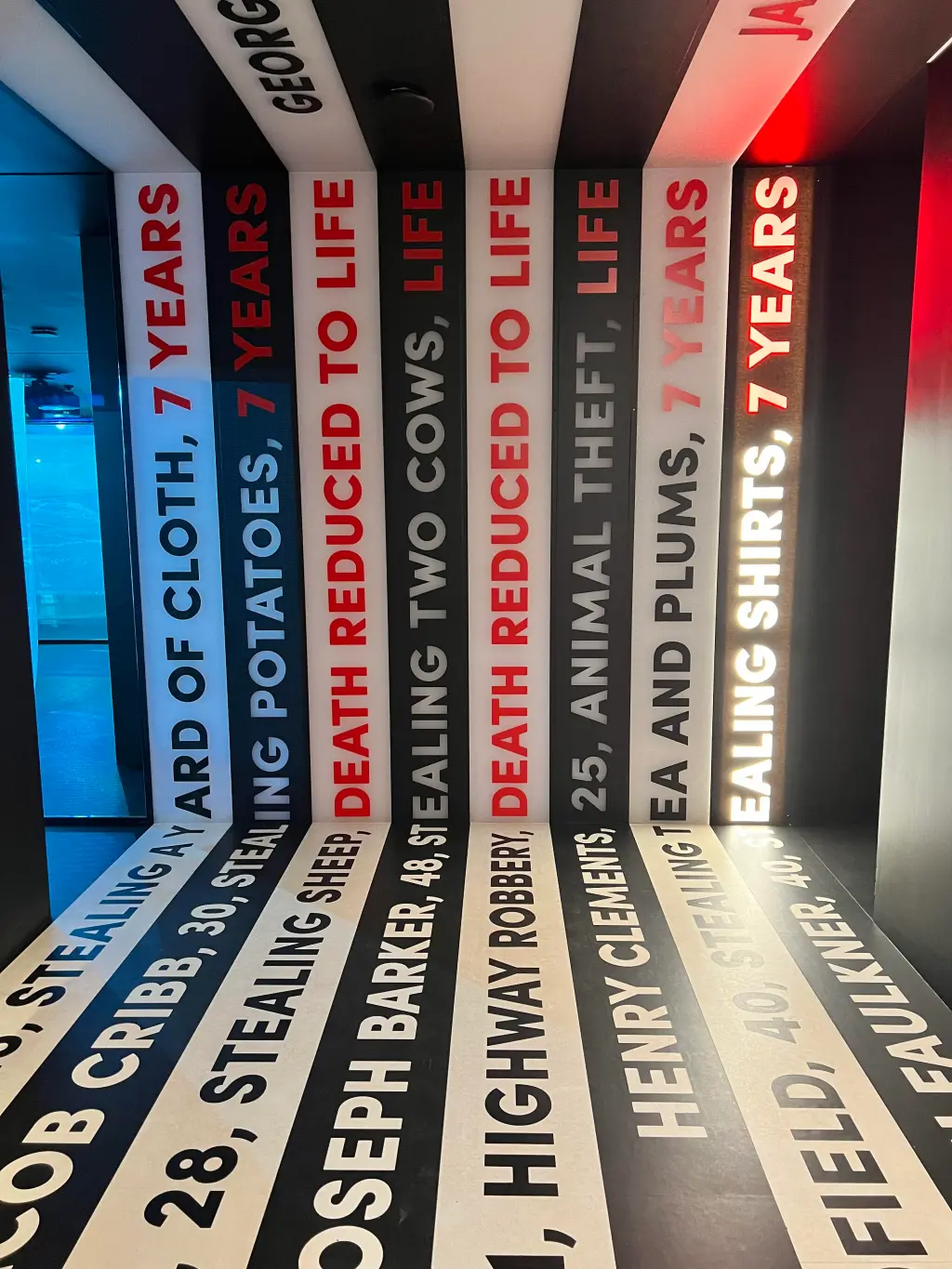


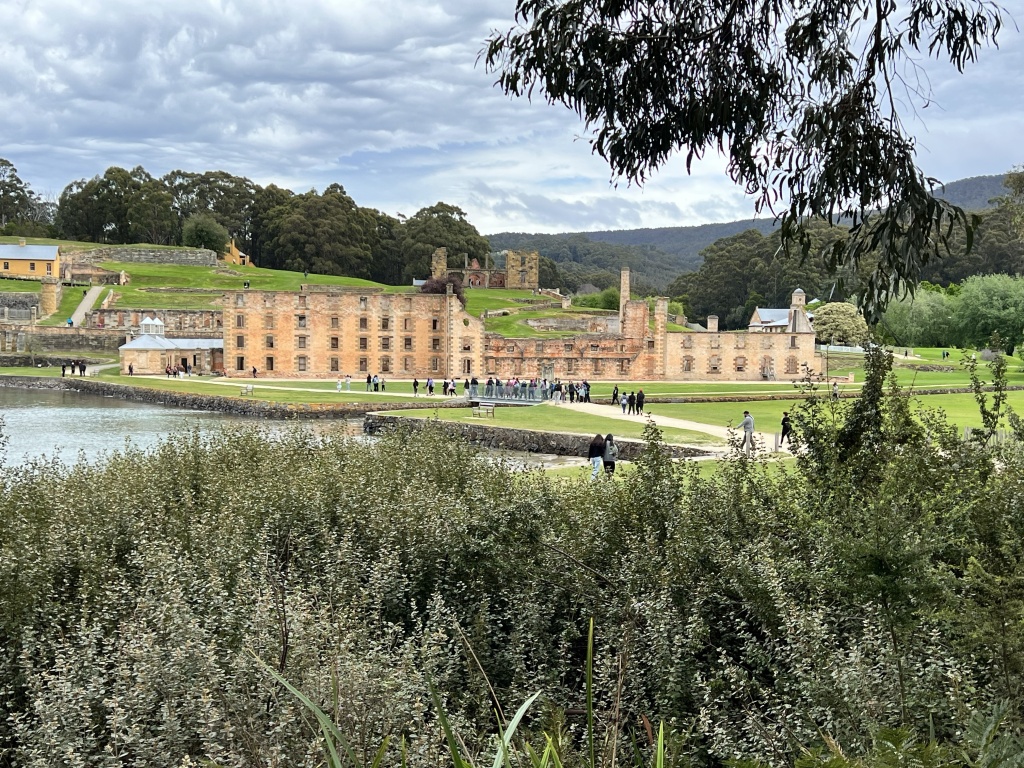

Leave a comment